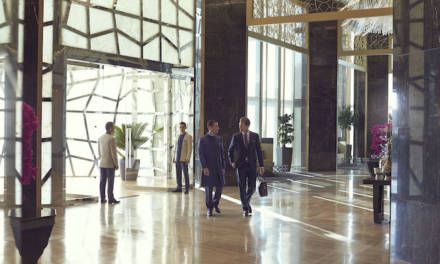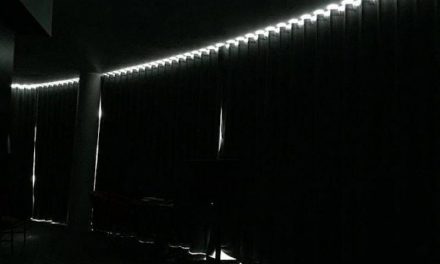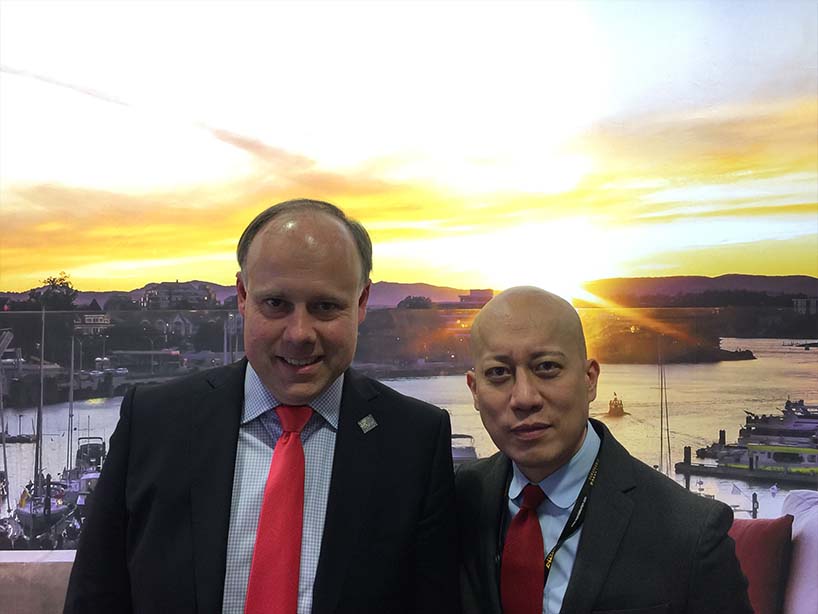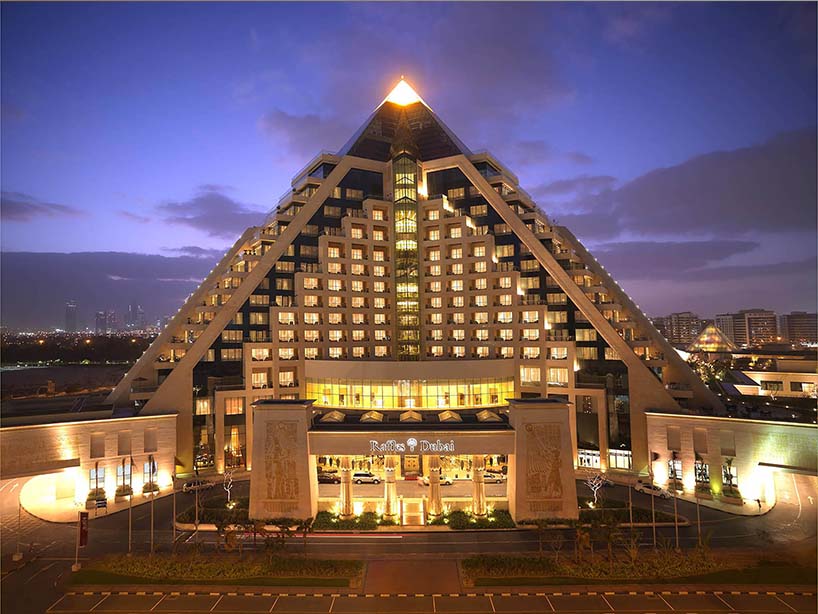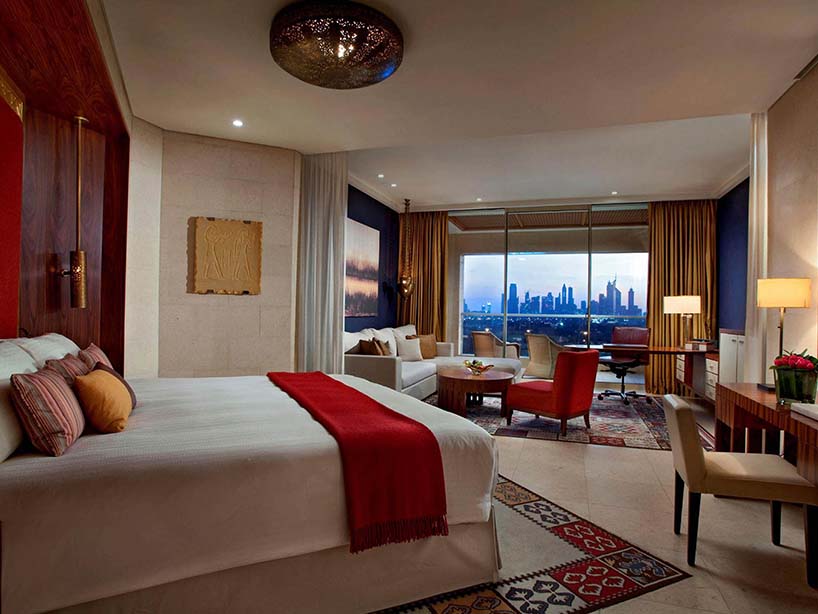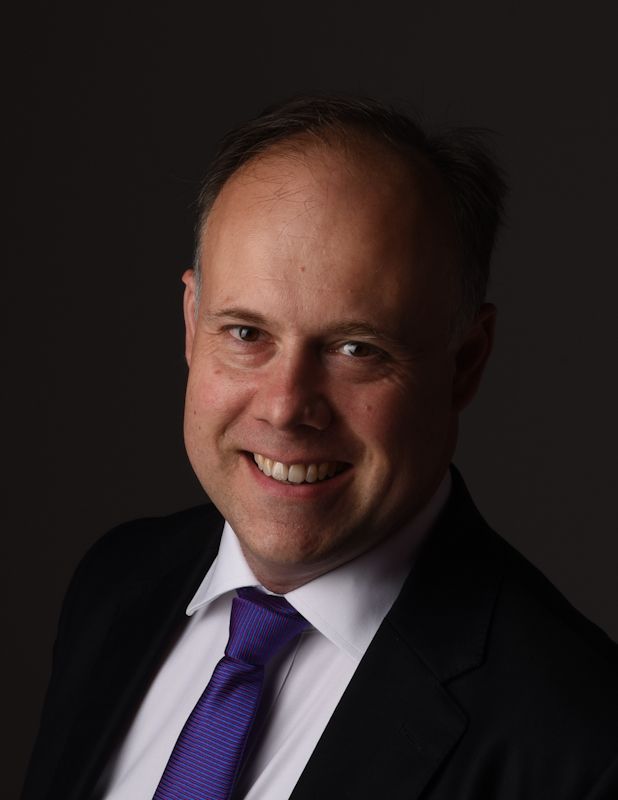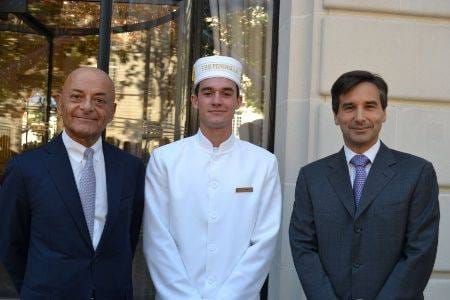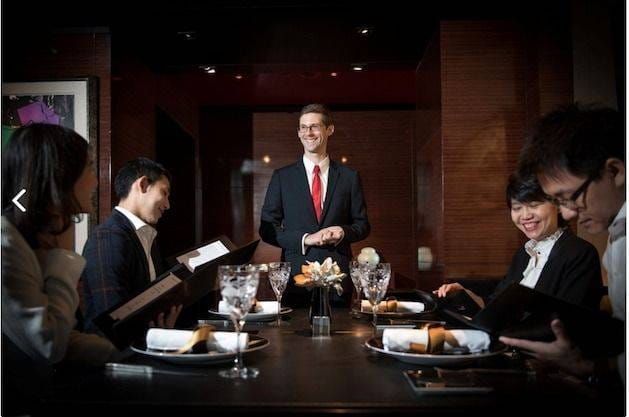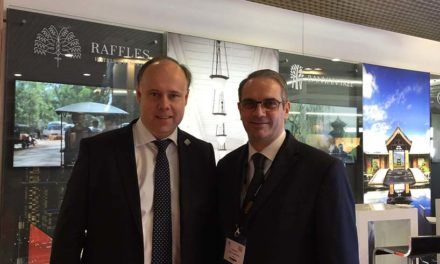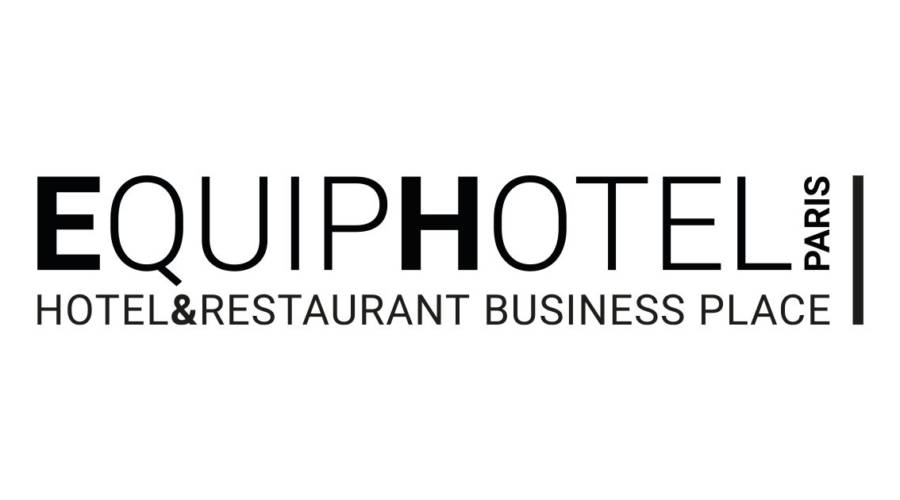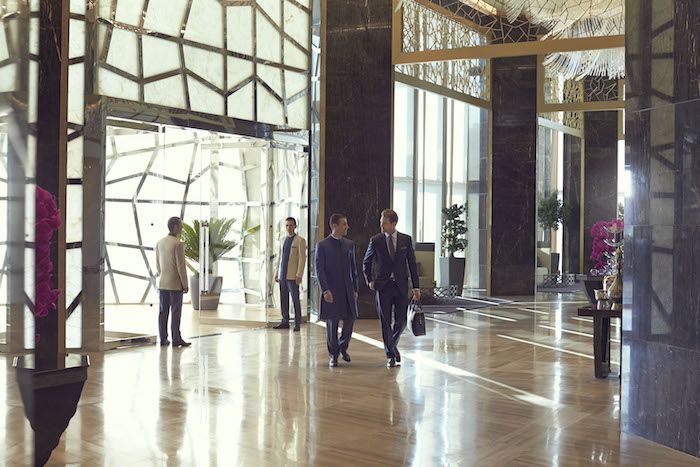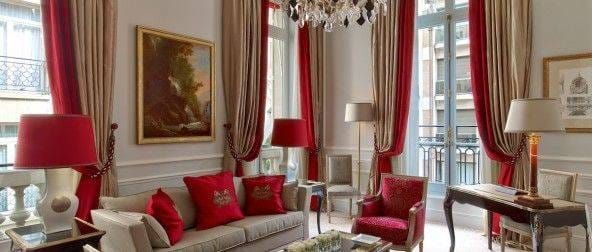I attended the 2017 edition of the ILTM Conference in Cannes, where I had the occasion to discover exciting developments in the luxury hotel world. Luxury hotel brands often play a fine gamble between maintaining a core brand identity through a historically iconic collection while seeking to reinterpret and translate that identity into new locations around the world. One excellent example of a global luxury hotel brand that has done this with great success is the French brand AccorHotels.
Below you will find my interview on this subject with Rick Harvey Lam, Senior vice President Global Marketing Luxury brands for AccorHotels. He discusses the challenges of maintaining a vast and diverse portfolio while upholding the specific brand identity of the Accor name. This is a true challenge for an ambitious brand like Accor, whose portfolio covers everything from luxury labels like the Raffles to shared economy solutions with onefinestay.
AccorHotels – Dubai – Exterior
How do you manage many luxury brands in the same group and maintain the brand integrity?
It comes down to organization. For each and every one of the brands to maintain the brand integrity, we have very dedicated teams of senior people. We share in common a methodology in terms of strategy: we need to be fed by facts, insights, and data. It goes from deciding for instance, when we say luxury, in fact we mean upper upscale and high-end luxury—that’s vertically. And then horizontally, whether we mean core or whether we’re in certain niches like lifestyle, boutique, local brand, regional brand and so on.
You connect the best of both worlds in a big company or when you have many brands. You need to decide very clearly: what is this brand supposed to do? Who is it supposed to compete against? Who are our core target audience? They work on the strategy first, then on the architecture, and then you work very, very hard. In the last nine months of the year since we’ve added three of our HI brands and we’ve added Orient Express, we’re looking at what makes those brands different. You look at the DNA, so you work on what we call brand fundamentals: the roots, division, the mission, ambition. And then you look at brand pyramid such as brand character, brand values, fundamentals and so on. Then you look at brand identity. How is it expressed? Logotype. Visuals. Color palette. Video in terms of videography. And then the hardest bit is: how does it come to life? Each and every one of the brands has a very unique definition and positioning, and this is where the rubber hits the road. We work with the whole company—the operators, the designers, HR—in order to make sure that the DNA we have on paper translates into real life. Because the magic, the experience is delivered at the end of the day by the hotels themselves.
I’ll give you an example. We usually find very clear pillars, which involves the expression of the brand through product and programming and people. At Sofitel, the expression takes place through gastronomy, culture design and well-being. Four pillars. This means that each and every one of the brands now has a unique set of pillars. Whatever we do—whether it’s communication, product, services, or culture—goes through those pillars. When you go through F&B at a Sofitel, it would be about wine, cheese, and bread. Very simple things. It would be at a refinement of the uniforms when you go through a Sofitel. This is the new French art de vivre. This is the brand differentiator.
We have been very succinct and forced the brands to define their brand differentiators in 1 or 2 words. For example, at the Fairmont, the brand differentiator is “Unrivaled presence” because the positioning of the Fairmont is to be at the heart of each destination. It’s part of the social fabric of each destination, whether it’s in London with the Savoy or whether it’s in Shanghai. Once you have that part defined very clearly, which is very abstract, we then translate that into what it means for salespeople, for design people, for the website, for advertising—and most of all, for the hoteliers. In Sofitel, they say, “Bonjour,” It’s about small things that contribute to the customer’s journey. We look at what happens upon arrival, in the guestroom, and the public spaces. For Pullman, we created the concept called the Junction Place, which basically makes the lobby the place of the 21st century. It’s not just a place to check in and check out. It’s also a place to socialize, when our target audience is the global nomad 24/7, it’s making sure that when you’re on your way out, you can grab a coffee, so you have a rotating F&B. The way the lobby is designed is almost like the Shanghai Airport; they redefined the airport of the 21st century. It’s not just to take an airplane or check in; it’s also to have a drink or have a bite or to do shopping so it’s basically the lobby of the future.
Each and every one of the brands now have a clearly defined DNA and thus have what we would call, according to the customer journey, brand concepts, brand markers and brand rituals. Instead of putting the brand on the table, we present the brand at the Sofitel. When we put on the lights when you go from day to night, we have a candle ritual because then it becomes more memorable. In the resorts, for instance, we have built a ritual around opening the parasols in the morning, so there is a story-telling. This is what we’re trying to do in a very subtle way because when you look at our hotels, they’re not cookie-cutter. We have Fairmont, which is intrinsically American, Sofitel which embodies French “art de vivre,’ and Raffles which is very Asian. I always say “Strong roots, stronger routes.” You take the roots and you develop strategies and how you bring them to life.
Sometimes people ask us, “How many brands is too many?” We believe that with the 9 brands that we have, they’re all very complementary. MGallery is a collection of boutique hotels, whereas Sofitel is a luxury lifestyle brand. Whether you are vertically or horizontally you have one brand to really compete on those significant issues. Boutique brands are coming up. Local brands are coming up. Sustainable brands are coming up. So there is still space for us to acquire or develop brands.
How would you differentiate Sofitel from MGallery?
Sofitel falls into the upper upscale or accessible luxury category. MGallery is between upper upscale and luxury. One is more show-off and one is more show-in. It’s not the same level. We have 90 hotels; because it started as a collection, the brand width is a little wider.
If you see our brand wall, you will see that Sofitel is positioned in the luxury space. We cleaned it up when Sofitel was a dedicated organization; we went from 209 hotels to 89 hotels. In Europe, it is very well-known, so there is high awareness, but the perception hasn’t followed. So our communication objective now in Europe is to make sure—especially in France in French-speaking parts of Switzerland and Belgium—that we communicate that Sofitel today is in the luxury space.
MGallery, on the other hand, is a collection of boutique hotels. Because of the brand and the fact that it was an endorsement, MGallery was very unknown. It was floating between 5 and 10% awareness. In terms of traffic and distribution, it was very smart to link it with Sofitel, but going forward today, we are approaching 100 hotels for MGallery. So we are making sure that this young brand can walk and stand alone.
What is your strategy in integrating technology in your hotels?
This is a very interesting question because technology for us is not a goal by itself; it’s a means to a goal. We are trying to understand first of all what drives luxury travelers so that we know what their needs are. What people also want is simplicity and ease of navigation. It’s not because we can that we should. For example, when you use the kiosks to check in, it doesn’t necessarily replace the receptionists, but for a brand like Pullman, we allow people who are not in the mood to queue and check in with the receptionists to use the kiosks.
So, whether we develop an app, we always bear in mind the needs of the guests who come in our hotels. We offer that not as an ‘or-or’ but as an ’and-and’ solution. We always make sure that it is intuitive. Especially when you have a brand like the Raffles, people don’t want all these buttons. They want to have a master key next to their bed to turn off the lights. Think about iPads. We have different generations coming into our hotel rooms, so we just want to make sure that first of all technology works and serves a purpose so it’s a means to a goal, and second of all, it’s the ease of navigation. Why do people use OTA‘s? It’s very viewable, there is a lot of credibility, and it’s simple to use. We should never lose that out of sight.
#ILTM #luxuryHotel #delportehospitality
AccorHotels – Dubai – Room
Known for his international expertise on luxury hotels through his magazine, Laurent Delporte shares his vision and experiences in the world of hotels on his site DELPORTE Hospitality. He decodes the behind-the-scenes action in the sector: from food and beverage facilities, accommodations, architecture, to the quality of services. He offers interviews, advice, and articles as pragmatic resources that industry professionals and private individuals can refer to in their search for information.


 HOME
HOME